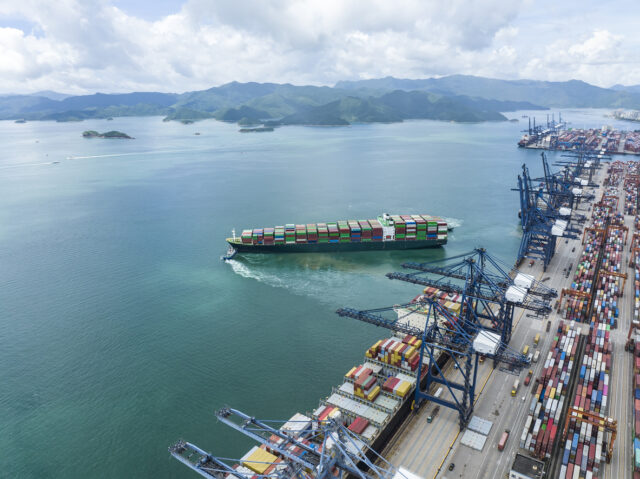Supply chains have been mapped since maps existed—however, supply network mapping technology is a relatively new phenomenon. Supply chains are constantly evolving due to a variety of factors, be it political, economic, production, or even pandemics, for example, Covid-19 exposed the fragility of modern supply chains with so many businesses relying on imports from different countries and manufacturing activity falling significantly.
It’s become more important than ever for international trade to be as efficient and transparent as possible, with detailed understandings in real-time of what is happening as well as for compliance and regulations. Think back to the 2013 horse meat scandal and the importance of knowing where your resources come from.
What is supply network mapping?
Modern supply chain mapping is the process of liaising and communicating across companies and suppliers to record the source of each material, process, and shipment that imports goods to markets, helping discover the end-to-end supply chains and indirect suppliers. Before technology, supply chain mapping and management was a very labour-intensive process—for all the effort companies put into improving the efficiencies and performance of supply chains, very few have reached the full potential of digital applications, with research by McKinsey finding that the average supply chain is 43 per cent digitalised.
Supply network mapping and technology
Major disparities in advantages from supply chain digitisation are often through technology gaps, probably one of the most important factors in supply chains. Accurate supply network mapping was made possible through the rise of online maps and the internet, with the world’s first supply chain mapping platform developed at the Massachusetts Institute of Technology in 2008.
Supply network mapping can be resource-intensive and difficult however companies will quickly realise the value of the map is far greater than the cost and time to took to develop it. So, what are the advantages?
Source: Shutterstock, by TMLsPhotoG
Real time data
As mentioned, supply chain mapping is made possible by software which can collect real-time big data, creating an analytical landscape for you to gain reliable insights. For example, the tremendous boom that e-commerce has had on retail is one useful example of how data-driven actions can revolutionise your supply chain.
Supply chain mapping also integrates application programming interface (API) for instant and secure access to real-time data and allowing different platforms and elements to the supply chain to communicate with each other—comparable to how a user interface helps humans directly interact with computers. A useful example of this is making online purchases and transactions. When you enter your credit card information, the site at hand will send information to an application which verifies the details as correct and allows the purchase to go through. These APIs can be used to transfer supply chain data and remove the time it would take to request it manually.
Collaboration and visibility
With so many complex supply chains existing from one side of the world to another, it can be time consuming to keep track of everything from a raw material to a manufactured good, like a piston ring or a car. Supply chain mapping facilitates collaboration from small to tremendous scales, with teams working together from every company involved in one supply chain to document every resource, process, and shipment.
By being able to provide information on who and where to suppliers and buyers, supply chain mapping takes away concerns and visibility is delivered for the good of the chain.
Minimise risk
Of course, minimising risk should be one of the most important concerns, and lots of organisations—particularly in the current climate—have been rocked by unprecedented supply chain vulnerabilities and disruptions. At the core of these issues is the lack of rigorous processes to recognise risks and new threats, for example, cyber-attacks and supplier bankruptcy, amplified by globalisation. Even in 2010, 71 per cent of executives in McKinsey research said companies were more at risk of supply chain disruption than before. Now, supply chain disruptions are at their highest rate.
Risk identification can be mapped out and assessed in detail across the supply chain and regularly checked on an ongoing basis.
It’s important to stay ahead of the game and remain at the forefront of your industry with supply chain mapping. Take charge and keep your competitive edge over your rivals with this vital software.











